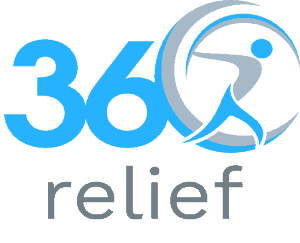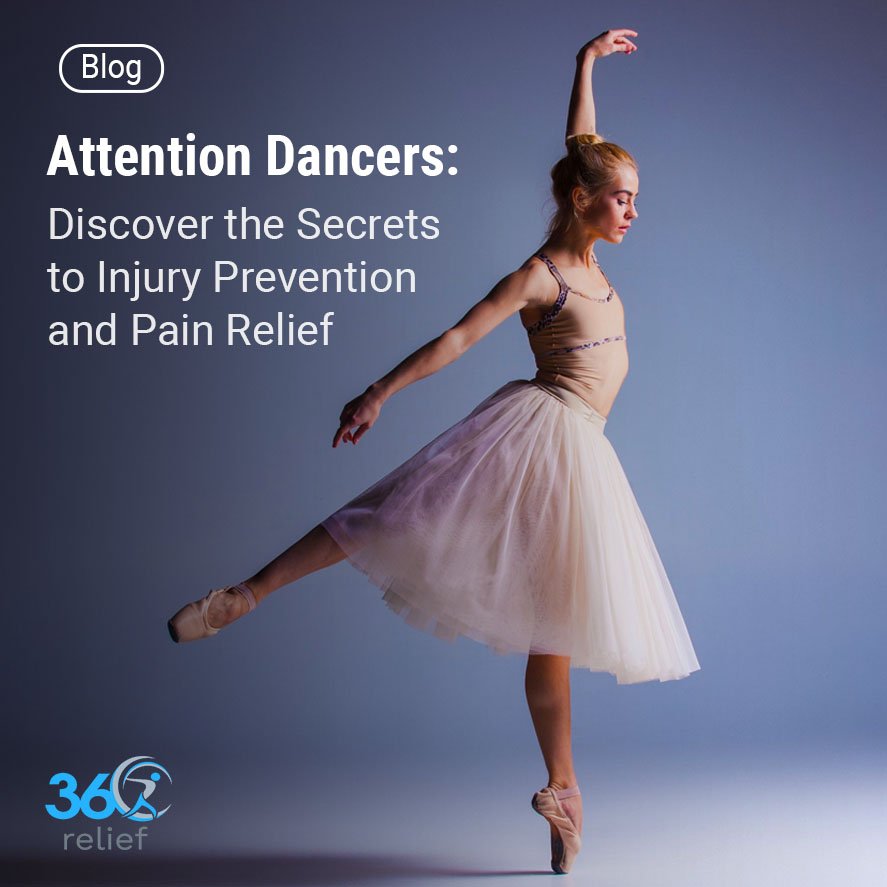Dancing is indeed a challenging task which also includes the risk of physical damage. Physical damage can also affect your dancing performance and give rise to several painful physical conditions. For this reason, it is essential to have support products that can minimize the risk of damage without compromising your performance.
This article is particularly designed for dancers who want to save themselves from injuries or wish to manage previously existing injuries. Other than this, we will also discuss some of the quality-oriented products that can help you in relieving pain effectively.
Table of Contents
ToggleCommon Dance-Related Injuries
Due to physical workouts and repetitive movements, dancers are prone to multiple types of injuries. The injuries are mainly associated with their art forms. If you are a dancer and want to know what type of injuries a dancer can face, the understated point will help you in this matter:
1. Sprains and Strains
The Sprains and Strains are the most prevalent injuries in dancers. They can have sprains and strains in the knee, back, ankle, and other body parts. The overstretching and twisting of these joints lead to this type of ligament and muscle damage.
Sprains and Strains Prevention
- Always take a start with a warm-up and do dynamic stretches with light aerobic exercises.
- Stretch every muscle accordingly and try to hold the stretch for 15 to 30 seconds to improve flexibility.
- Learn particular techniques for every dance form so you can save yourself from physical hazards.
- Use knee support products such as knee support brace for pain relief.
2. Plantar Fasciitis
In this condition, the ligament that supports the arch of the foot is inflamed. Dancers who spend lots of time in footwork mainly face this particular issue. It is quite a painful condition and sometimes it is so severe that a dancer feels difficulty in putting weight on foot.
Plantar Fasciitis Prevention
- Initially, try to wear proper footwear that has the capability to give you support and cushioning.
- Wear ankle support braces such as self-heating and magnetic ankle brace for pain relief.
- Make sure you know the proper foot mechanics. Consult a physical therapist and get rid of your gait abnormalities.
- Seek proper medical attention. Do strengthening exercises of calf muscles to reduce strains.
3. Bunions
The painful deformities of the big toe are termed bunions. This can occur as a result of pressure on the big toe due to continuous dancing. It is quite a discomforting condition and also affects the alignment of the big toe. One cannot wear tight shoes easily because of discomforting positions.
Bunion Prevention
- Try to wear shoes that specifically comprehend a wider toe box. This can help you in moving your toe without feeling any discomfort.
- Consider using orthotic devices such as toe realignment bunion correctors along with silicon straighter.
- Make sure you don’t stand while putting pressure on your big toe for longer time periods.
- Always avoid high heels and incorporate strengthening exercises to maintain flexibility metrics.
4. Shoulder Injuries
The shoulder injuries in dancers can occur due to repetitive movement and damage. This can also happen because of poor technique and overuse. Some of the prevalent shoulder injuries are rotator cuff injuries, labral tears, impingement syndromes, and bursitis.
Shoulder Injury Prevention
- Don’t forget to do regular strengthening exercises of the targeted muscles such as the rotator cuff muscles.
- Before engaging in strenuous physical activities, try to do proper warm-ups and try to maintain a good posture.
- In order to reduce strains on core shoulder muscles, learn proper dancing techniques. Also, stay hydrated and maintain a nutritional diet.
- Wear premium-grade shoulder supports which may also include adjustable neck, clavicle, and shoulder support with posture corrector.
Support Products for Dancers
There are multiple types of support products that can help dancers a lot. Some of these products are described here for you:
Ankle Support for Dancers
If you have weak ankles and feel consistent pain in your ankles, then the ankle support products can help you a lot. This can also aid you in removing discomfort and preventing ankle injuries. Above all, it is also very helpful in stabilizing the ankle. When it comes to ankle support for dancers, a neoprene ankle adjustable wrap, an ankle brace with cushion, and a neoprene brace to relieve discomfort are the best.
Knee Support for Dancers
Padded knee supports are very assistive for dancers who practice for a longer time span. Moreover, you can also use neoprene knee supports if you feel pain in any part of the knee. The dancers with ligamental injuries mainly face difficulty in dancing practices. However, a hinged leg brace can give you support and relieve pain from the knee.
Back Support for Dancers
Back support is very painful and restricts the mobility of the dancers. That is why you need to use a premium grade back support that lets you perform activities of daily living without facing any restrictions. If you have an unaligned back, then consider using a posture corrector for back straight which can fix your alignment. If you have excruciating pain in the upper limb then the neck, shoulder, and clavicle support brace is the best choice for you.
Foot Support for Dancers
The foot is one of the parts of the human body that barely gets any rest. Dancers have to use foot the most in their practice time which can be quite painful for them. In scenarios like this, the adjustable ankle support wrap lets you perform all the movements without causing any pain in the foot. Moreover, if you feel pain in your foot after dance practice then a pain relief ankle support wrap is a perfect fit for you.
Shoulder Support for Dancers
Unlimited dancing movements in all directions can limit mobility and cause pain in the shoulder. It not only causes discomfort but also affects the activity of daily living. That is why the support products are recommended for better activity and functionality. The sprain frozen shoulder pain brace and posture corrector brace is a great options.
Compression Support for Dancers
The repetitive stress on shin bone leads to painful conditions such as shin splints. In this condition, a person feels soreness, pain, and tenderness all along the shin bone which is quite discomforting. To cater to this issue, you can relay on compression socks for shin splint. Moreover, you can also use compression socks for Achilles tendon to manage this issue and improve overall circulation.
Role of Support Braces in the Prevention and Management of Injury
The effective support braces can help you in multiple scenarios. The support braces play a significant role in the life of a dancer. This helps in both injury prevention and recovery of pre-existing injuries. It also provides joint stability and corrects the alignment of body parts. You can also reduce the overuse injuries in the lower limb with braces such as a hinged neoprene brace for relieving discomfort or pain.
While doing risky dance movements, you can provide extra support to muscles and ligaments with braces. Not only this but it also aids in post-injury support and reduces the risks of re-injury. If you have pain in any area, then it can also be used to provide compression that can reduce pain. Assistance in functional recovery of a limb is also a specialty of a brace.
Conclusion
As discussed in the following article, if you are a dancer, it is important for you to take care of yourself and minimize physical damage. Dancers are highly prone to physical damage which is quite a tiring situation and also limits functional activities. There are multiple types of injuries that a dancer can face. This includes plantar fasciitis or bursitis. To manage these issues, you can rely on several precautionary measures which also include the usage of braces and other support devices.

















